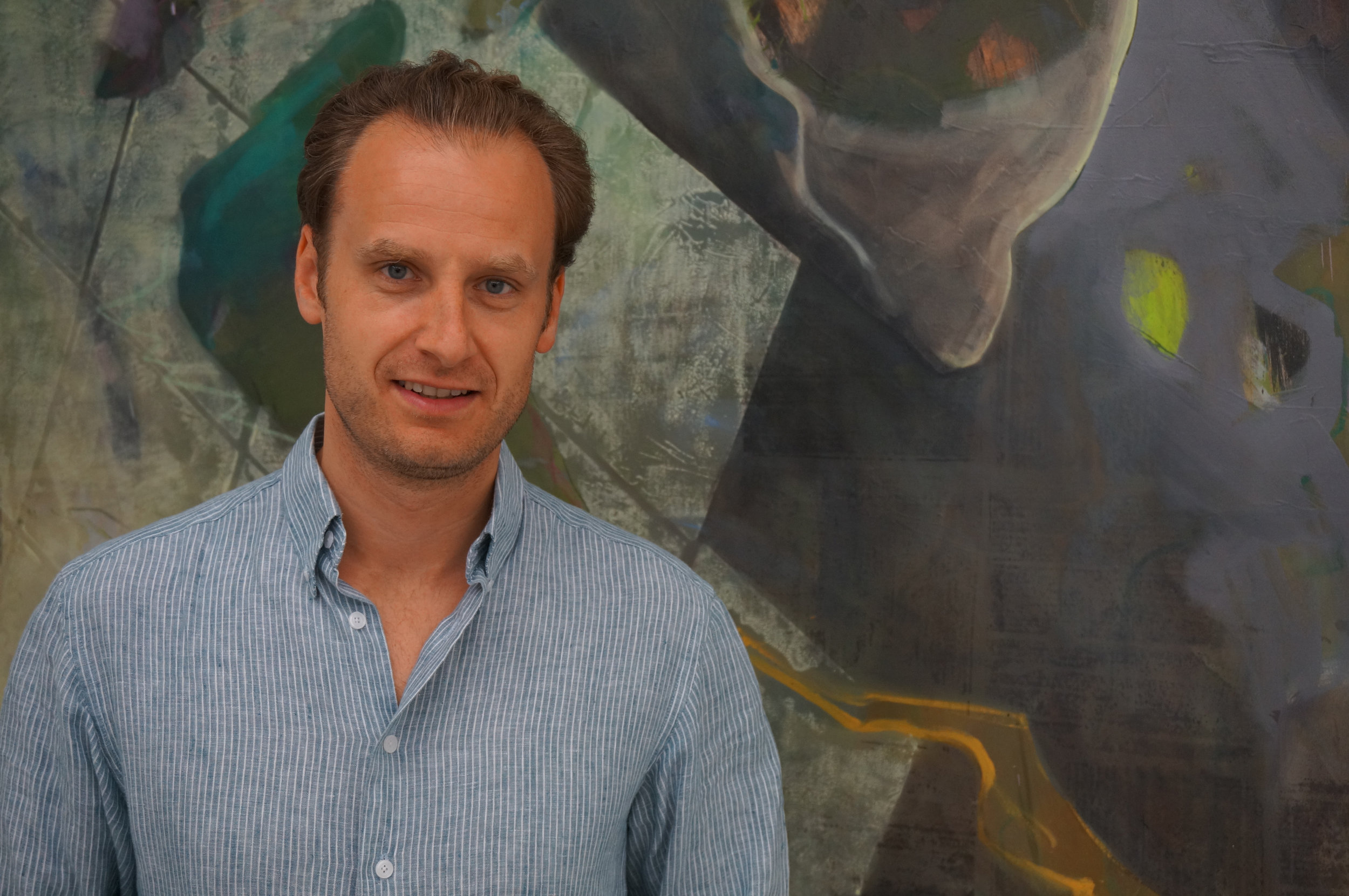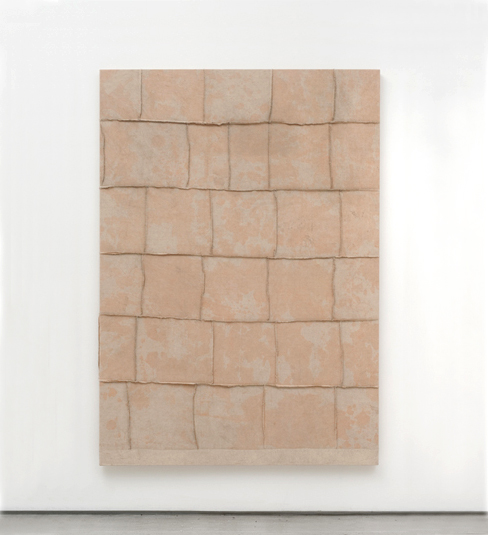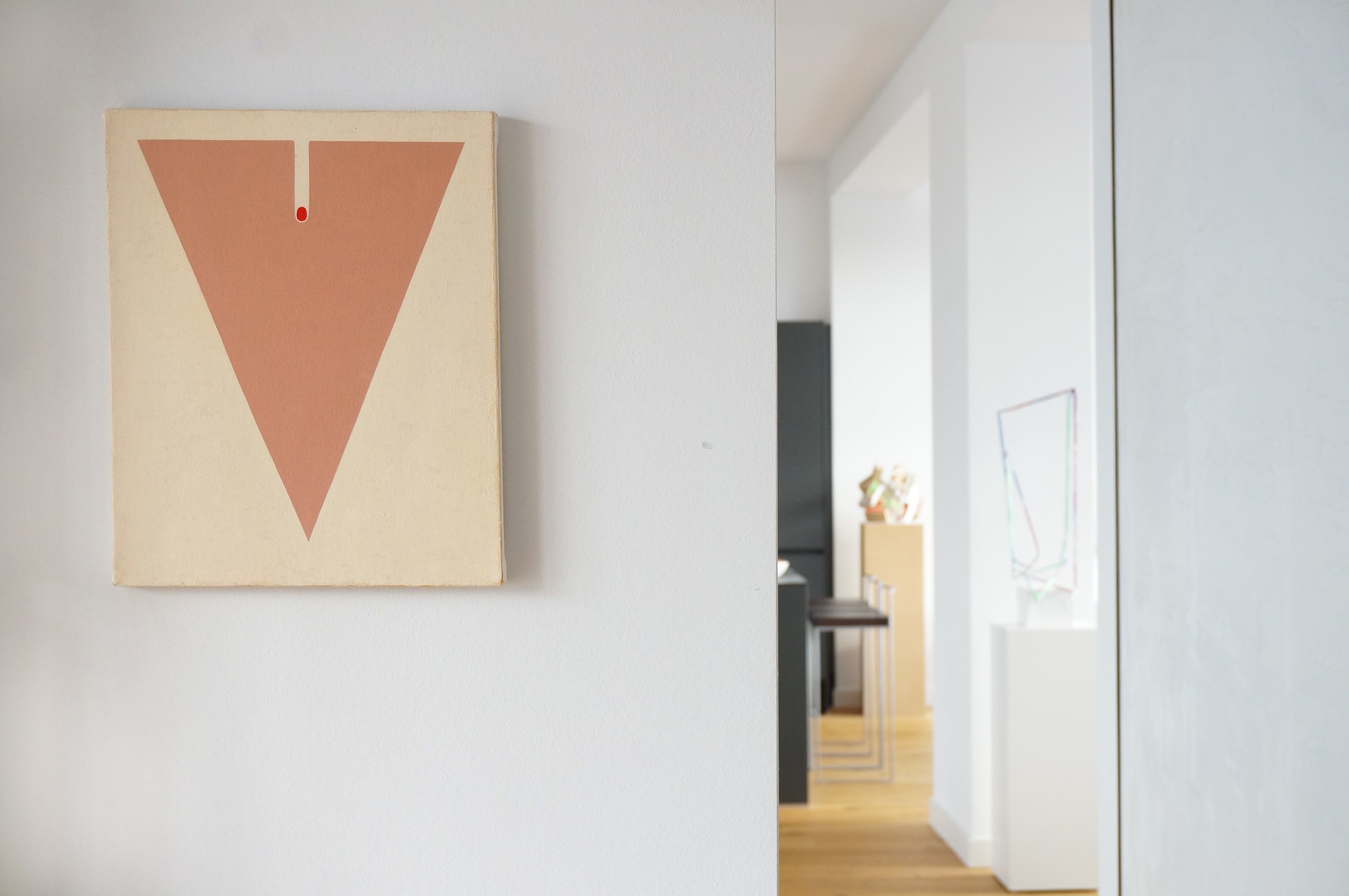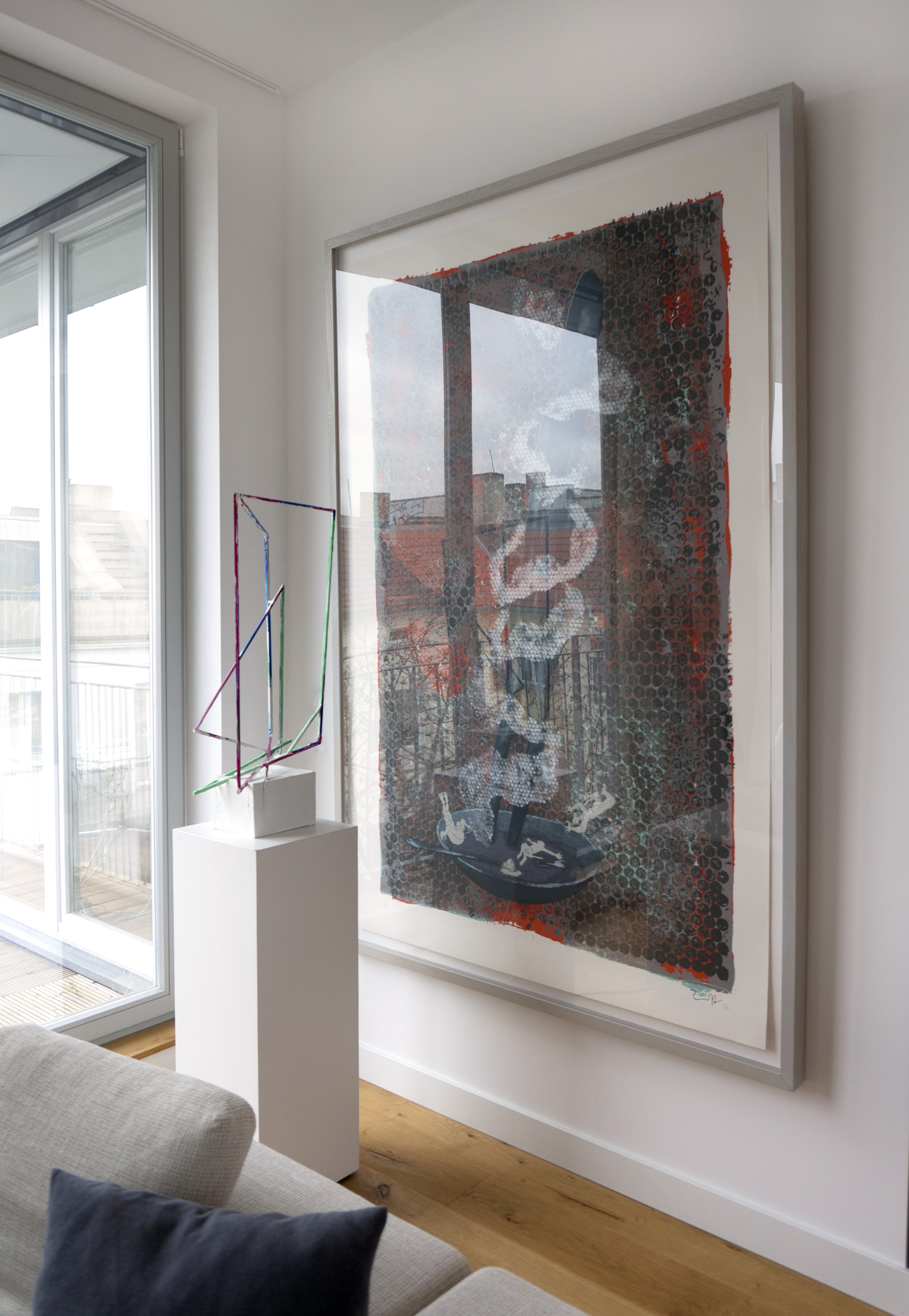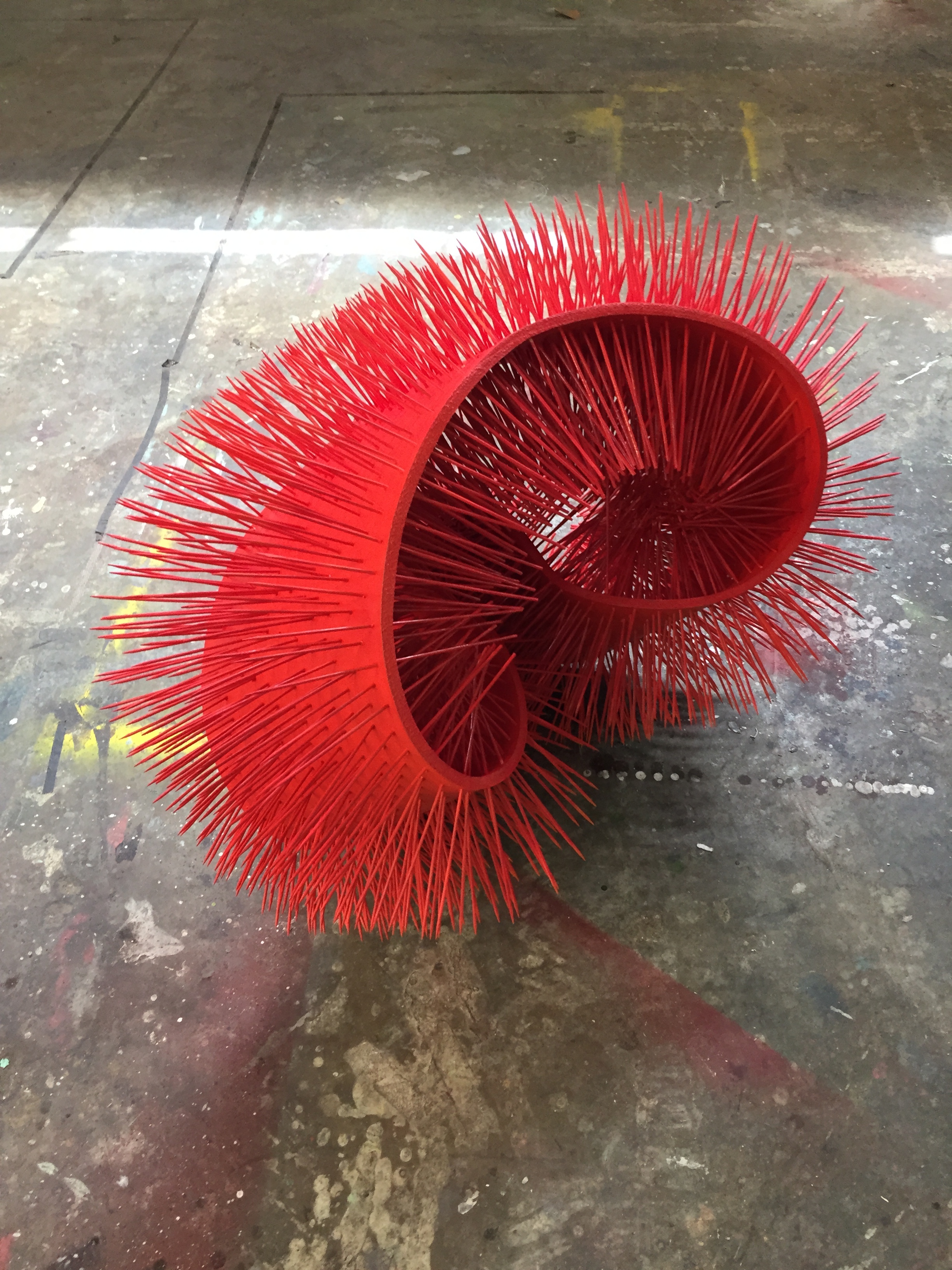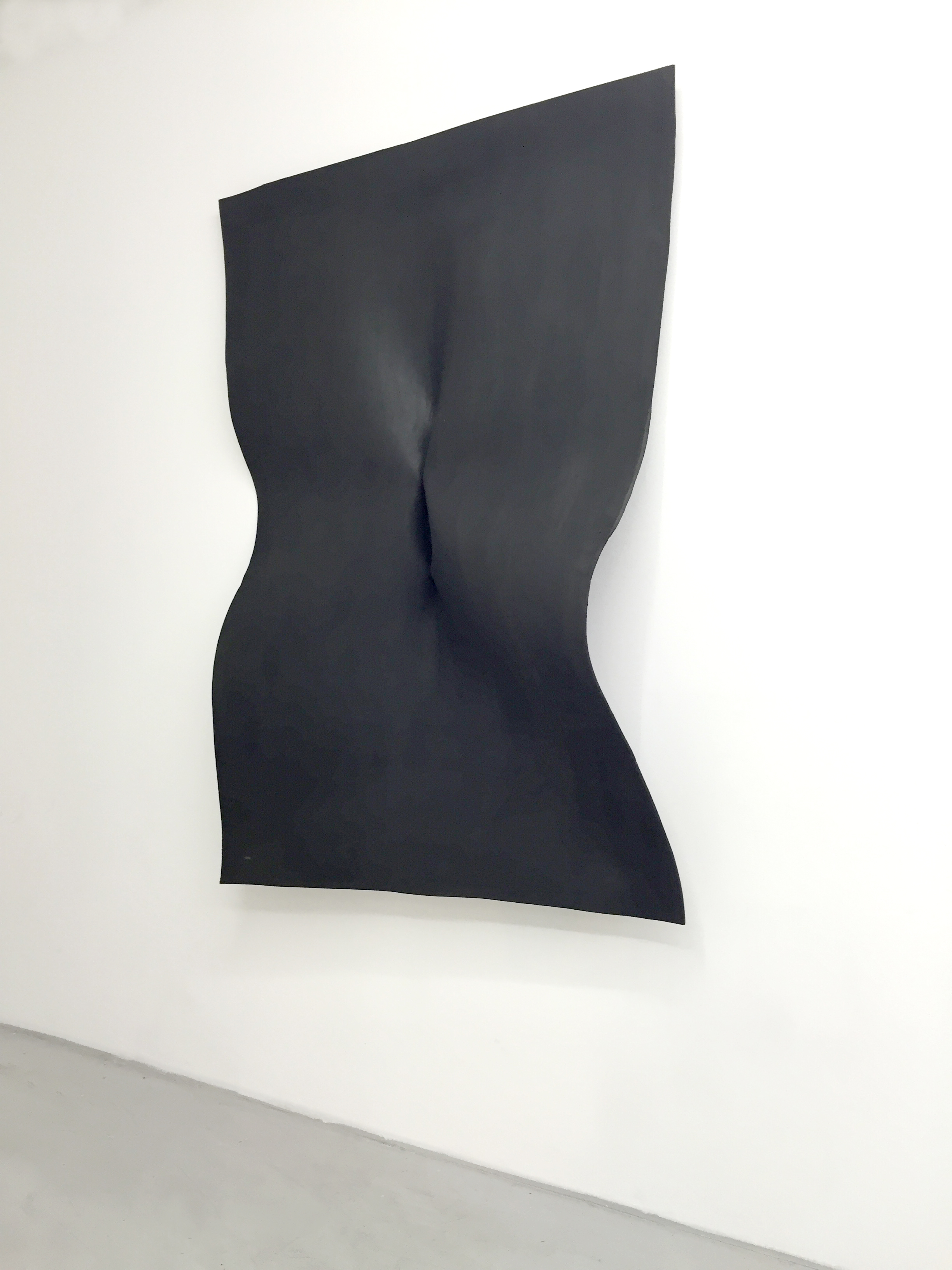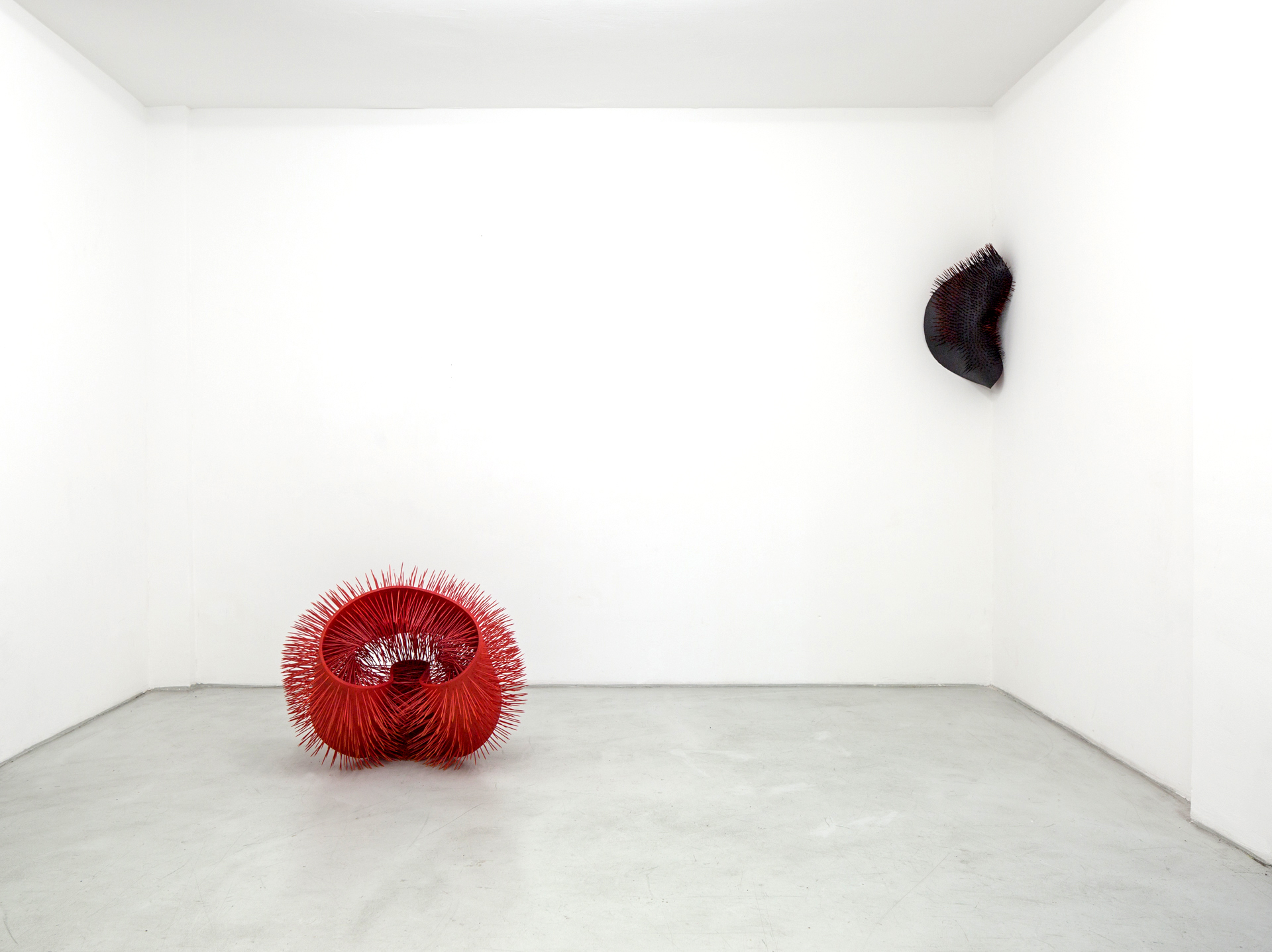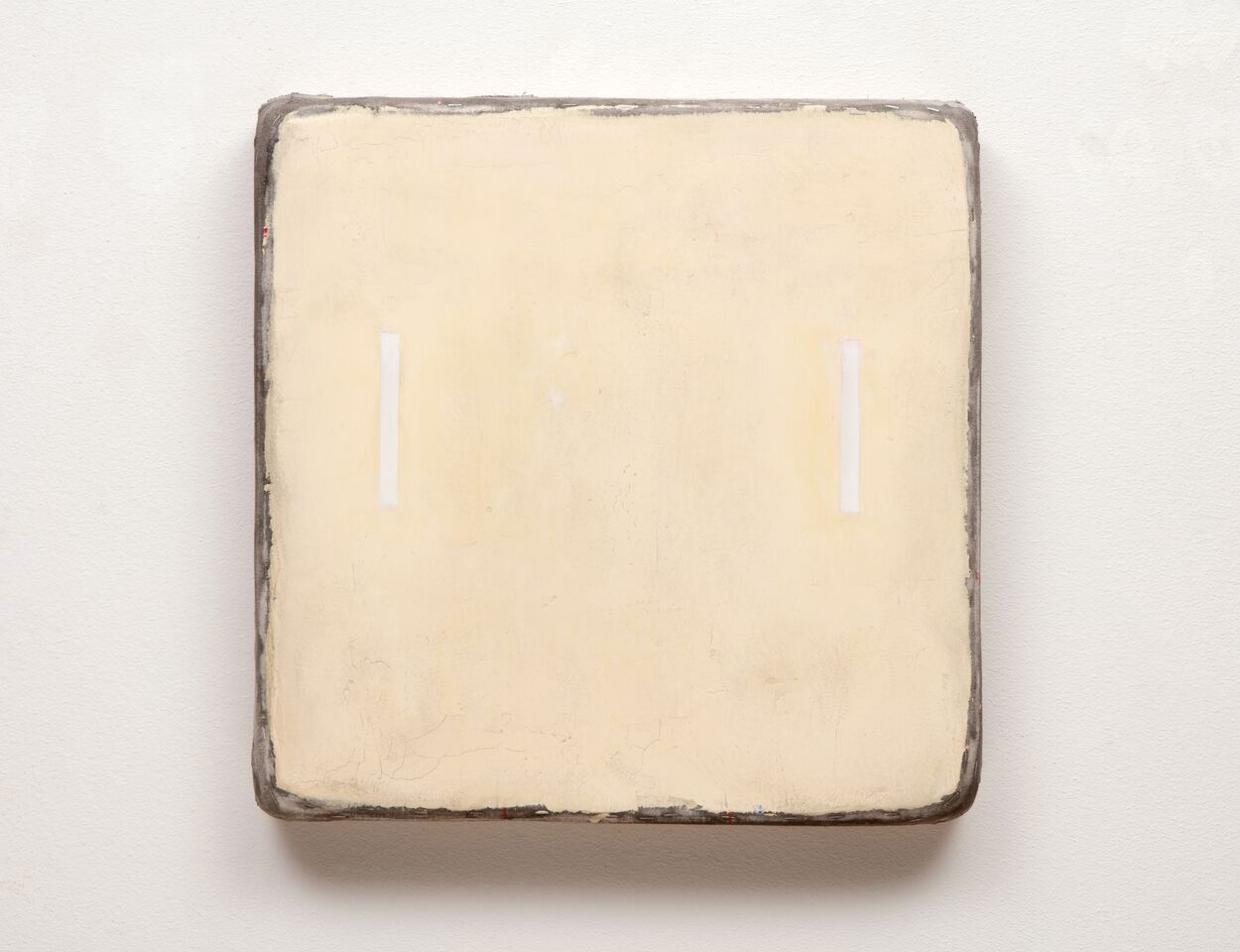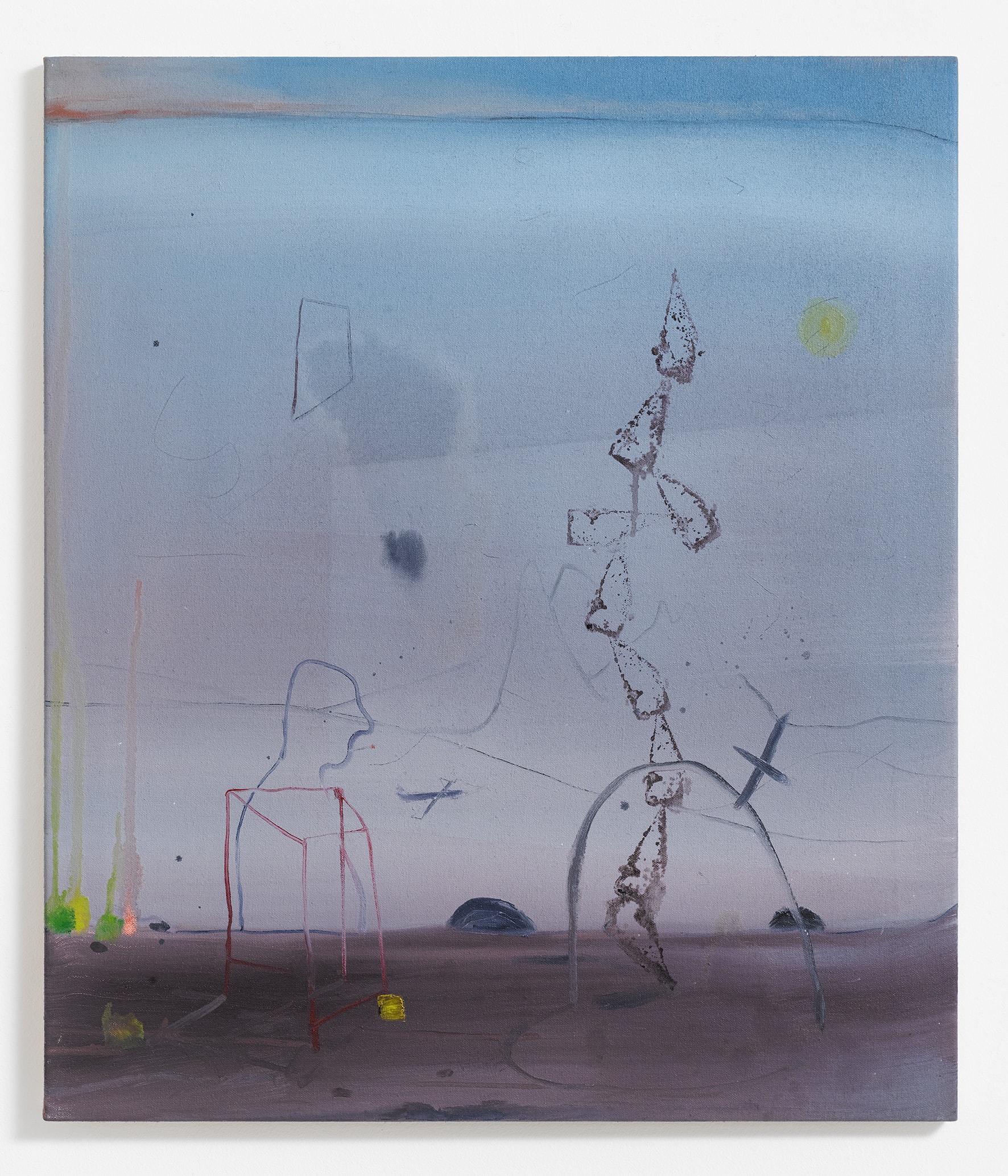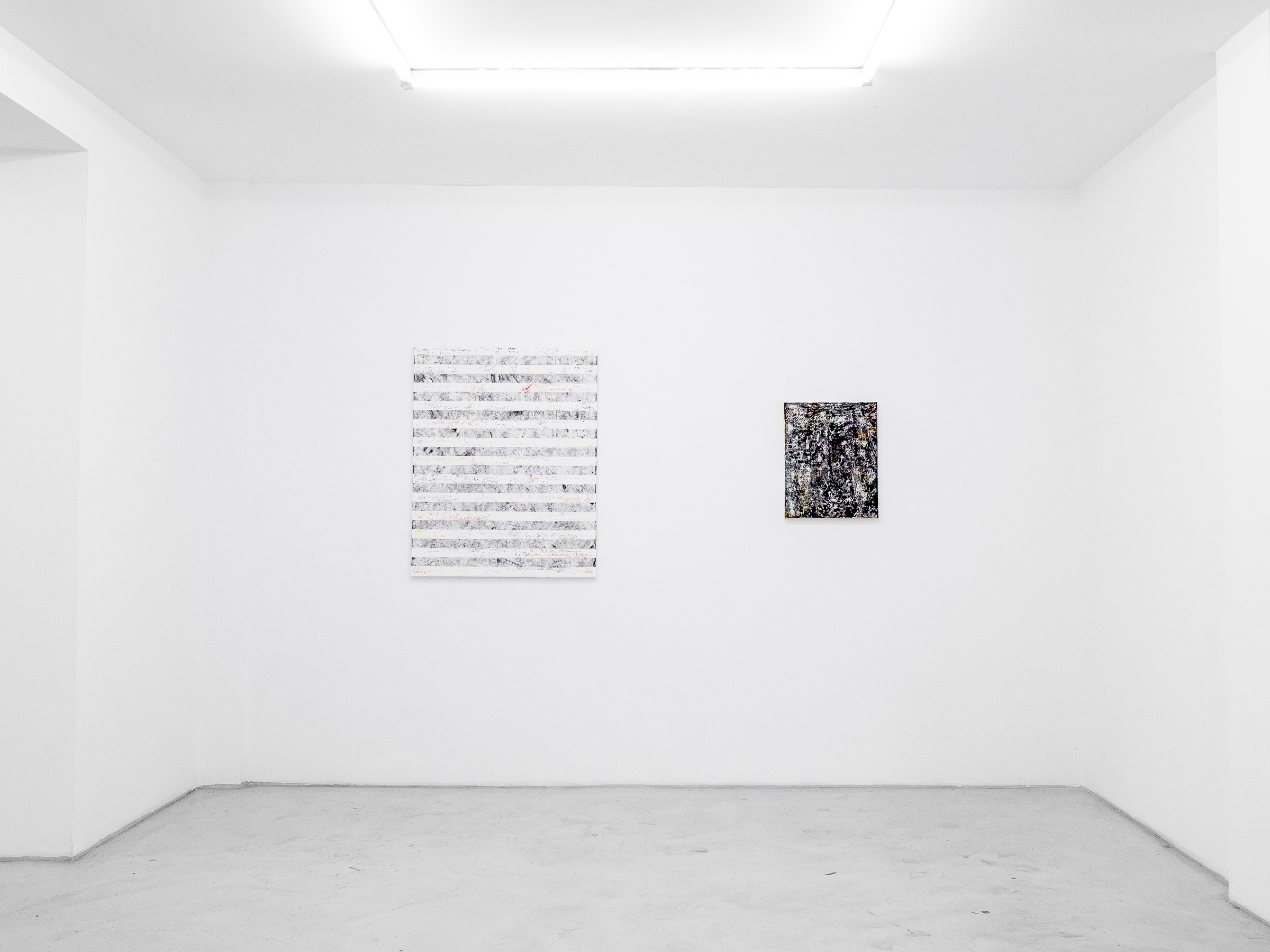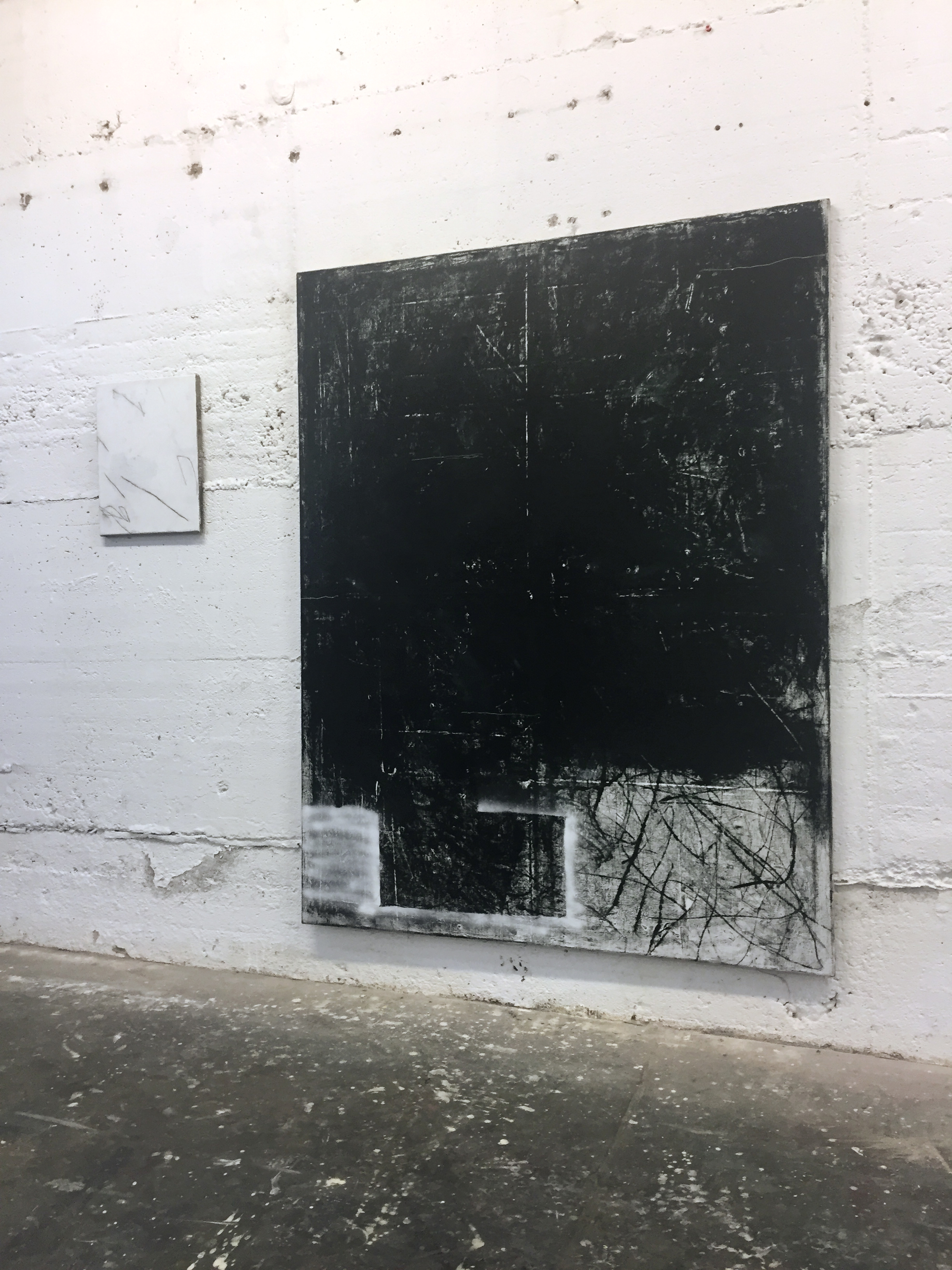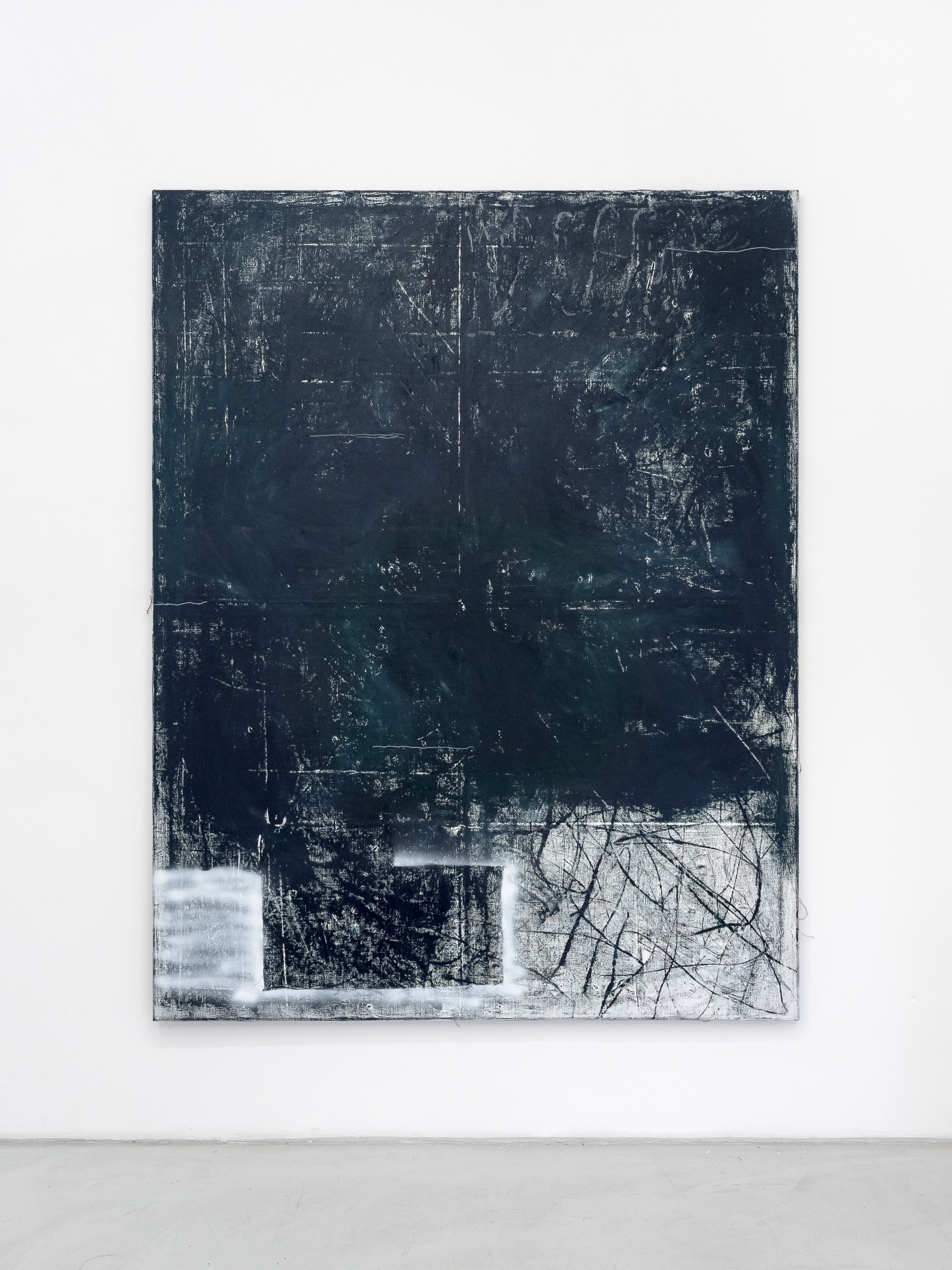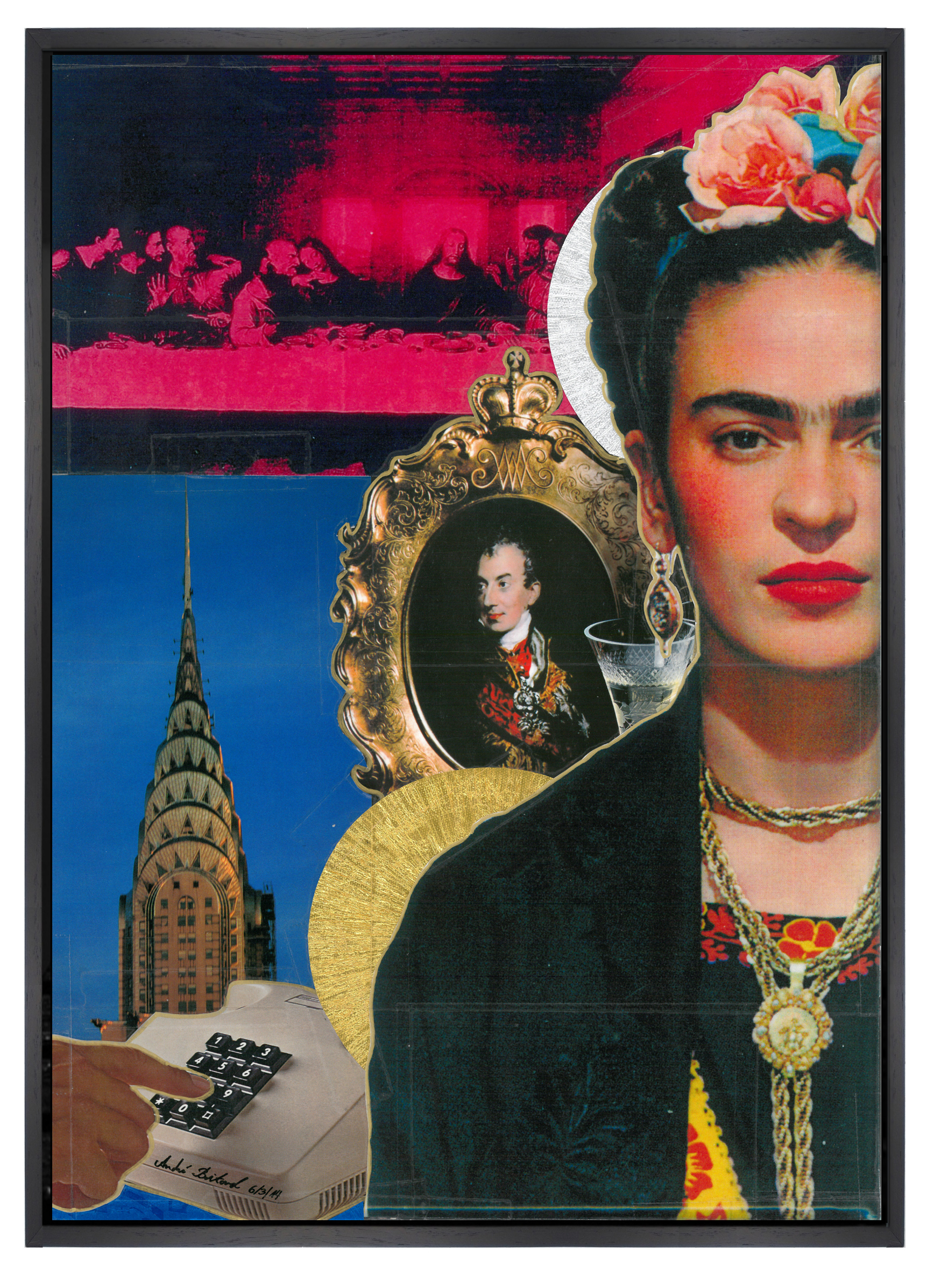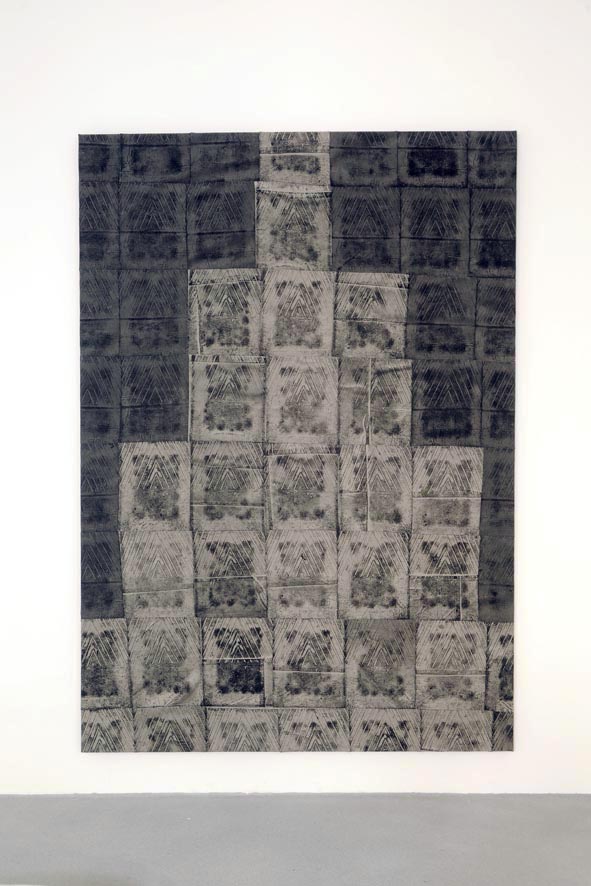Christian Lepsien
Christian Lepsien
Art Collector I Founder Lepsien Art Foundation
Luxembourg, Berlin
Started collecting in year: 1999
Where does your interest in art originate?
I grew up in a family where culture, literature, music and fine art have always been a vital and integrated part of daily life. Even though my parents weren’t art collectors they had a good sense of art and culture. Subsequently my siblings and I were used to visiting art exhibitions and museums from early childhood. As I grew older I learned from my parents that my great-grandparents (Prof. Dr. Edmund and Mila Forster) had actually been strong supporters of contemporary art maintaining close relationships with German artists such as Konrad Adolf Lattner (1896 – 1979). However, since my family was persecuted by the Nazi regime and lost everything, there is unfortunately no physical heritage, despite some “DNA” that seems to have been passed on to future generations and eventually myself.
How would you describe the vision of Lepsien Art Foundation?
Looking back at its beginnings, I can say I had no specific plan, concept or vision in mind and no idea where this venture would take me. I believe two things aligned with my strong interest in fine art to build the advent of the Foundation’s activities: firstly, my growing interest in becoming closer to artists, by interacting with them personally and learning more through their various processes. And secondly, the impulse from outside to combine that interest with supporting activities. In short, in its essence the Foundation was borne from discussions with artists in Düsseldorf in 2005 and from there all activities have been in a constant and dynamic evolution driven by childlike curiosity, growing enthusiasm, constant exploration and continued learning.
Today I am aware that the interaction, exchange and cooperation with artists is my major motivation rather than anonymously buying and possessing an art piece. My collecting neither follows a specific target nor a commercial interest, but is the result of my personal journey and my close interaction with artists and the opportunity to get a close insight into the artistic process. The personal relationship with the artists offers me an incomparable and unique opportunity to look at things from different perspectives and to reflect upon questions outside of usual conventions.
With regards to the Foundation, we are aiming to contribute to the following aspects:
· Supporting the best talents in the field of Fine Art in a sustainable way
· Building bridges between different cultures and nationalities for more acceptance and mutual respect
· Facilitating an open content driven discussion and exchange between diverse artistic personalities and disciplines
· Providing a platform for interested people to get in touch with artists
In what direction would you say the art market is heading right now?
We are experiencing very interesting dynamic times of rapid change. Digitalization is affecting every industry as well as our personal lives. The art market has been undergoing a significant change in recent years and I believe that is just the beginning. Digitalization plays a key role in this, for we have seen new tools and platforms appearing, first being ignored, then not taken seriously, and finally being an accepted new standard. New technologies also led to increased transparency, which is clearly a positive development. We have also seen various new trends in adapted behaviour from all parties (artists, collectors, galleries, etc.). This has been enabled by new technologies, and because communication channels have multiplied, giving all actors the opportunity to connect in real time. Collectors nowadays more openly present and show their interest and artworks to the community. Artists can easily connect with them in a direct way and vice versa. We have also seen a rise in private initiatives from collectors, too. It is great to see collections going completely new ways in terms of communication, cooperation and exchange.
With strong digital tools in their hands, artists have become their own promoters, creating their own community, and, as such, building their own “brand”. This confronts the artist with a whole new challenge on the one hand, giving them more responsibility and on the other hand a new kind of autonomy. Personally, I use digital tools such as Instagram, for example, to share art and connect with artists and art lovers. However, for me, these tools do not replace personal contact or my perception of a physical piece of artwork.
And we are seeing that in this agile, dynamic and changing market framework that galleries have had to rethink their business model, roles and processes. Some historically established roles of market actors have become indistinct, therefore generating a great opportunity for all parties involved!
How would you describe the contemporary art scene in Berlin?
Berlin offers a vibrant and highly diverse art scene, one that is very dynamic and constantly developing. Personally, I appreciate the rich cultural landscape in this city. You can experience art on so many different levels and layers. Many great artists live in Berlin or stop by from time to time, enjoying the creative energy in this city. So I would say it’s a great place to connect. I personally enjoy meeting the artists I know in their studio or at home.
What first inspired you to start collecting art?
It was in 1999 while I was living in Cologne. There, I met a collector who brought the works of Jörg Immendorff, Markus Lüpertz, A. R. Penck etc. to my attention. This is when the torch paper was lit and I started to explore these artists, researching their background and artistic works. I started looking for artwork I could afford because my budget was, at the time, fairly small and limited. My first acquisition was the 1982 limited art edition portfolio named ”Die Naht”, which had a total of nine works by Jörg Immendorff and A.R. Penck. The works refer to the separation of East and West Germany. I still remember how proud and excited I was by just looking at the pieces and spreading them across the floor. I wasn’t able to hang them on the wall, as I couldn’t afford to frame all the works (I had no clue how expensive good framing was). This was the starting point. I still love these works and take them with me wherever I go.
Is there a central theme that connects your collection?
Well, looking at my collection, there is no particular theme or concept present throughout. We have not been following any one artistic discipline, epoch or other particular topic. It`s a very personal documentation of my perception, mirroring my individual development. While I lived and worked in many other parts of the world, for example, the Middle East, Caucasia or South East Asia, I’m lucky in that I’ve had the opportunity to explore many different cultures. It has always been my “little escape” to meet and exchange with local artists. The works of art that I acquired have always come into our collection based on their geographic or cultural provenience and quality, never as a matter of investment opportunity.
The current collection is very international and includes works from European and US artists in particular, but it also contains works from outstanding artists from countries like Iran, Iraq, Syria, Egypt, Israel, UAE, Saudi Arabia, South Korea, Indonesia or Sri Lanka.
How do you feel about the excessive prices paid for works nowadays?
It creates great headlines, but only refers to a very little aspect of the whole market. I agree, looking at some auction reports nowadays you could easily get the impression of inflated prices. On other hand, when paying 222 million Euros for the transfer of a 26-year-old football player, why not pay 450 million dollars for an authentic “Da Vinci”? (this was said laughing). But from my standpoint, these numbers tell us more about the general economic situation we are in rather than about the product itself. And, in general we have seen a strong rise in market prices in other industries over the past years as well, for example, the property sector. The market works in segments and trends, as does every other industry, so it’s important to take a differentiated look at it.
The art market is still fairly unregulated compared to other industries, and it has evolved strongly over the past few years, attracting more and more professional investment capital. Art has on some levels become an investment asset for a broader investment audience. Since art, on its top level is limited in quantity, the increasing investment volume has driven up prices. Something that will continue as long as investors believe in their investments.
Another aspect is that we need to consider is that the professional art market on the high end is relatively small and only a relatively few actors have a strong influence on that. So, we have seen market players applying different strategies, trying to make use of the situation. Several examples are where artworks fresh from the studio of very young artists have sold their works for 5 or 6 figures at auction. That might make you think twice. But we have also seen some of these artists “rocket-start careers” come to an end as quickly as they began. For the artist, it’s very important to carefully select partners who follow a long-term view rather than a hot shot short-term deal. It’s the same everywhere: quality is a process that takes time.
I believe that every person can find their personal approach towards the art market whether it is through galleries, online platforms or engaging in personal contact with artists. In general art is accessible to everybody, and there has never been such a broad interest. Fortunately, there are so many great artists out there that are still very affordable! As long as you are ready to start your personal quest. For me personally, a negative aspect of the commercial success of an artist I really admire is, that at some point I will not be able to afford his works anymore, but I can deal with this (he smiles) and I would, of course be glad for the artist!
What is your opinion of the art fair boom that has taken hold in recent years?
I am still surprised seeing more and more art fairs, art events etc., popping up everywhere. It’s really hard to keep an overview. Personally, I appreciate art fairs for the purpose of getting a predefined structured overview, a “ready to eat” compilation for compressed perception. And, it’s a nice way to catch up with friends and colleagues from the art world. For me, it’s not the right place to concentrate on any artwork. It’s too noisy, and I always feel a bit dizzy after two hours walking about like a ghost. To really explore and discuss artworks, personal studio visits are still my number one way to go.
Has social media had any impact upon the art market?
Power to influence, Hype. Information distribution, Substitute for real perception?
As long as a work has not originally been made for digital perception, the digital reproduction and digital perception of the same is no substitute for real perception of a physical artwork. Digital reproduction of a physical artwork is essential to document, share and reach out to a wider variety of people. There is no better alternative for fast, efficient and broad international distribution of this information, but it’s the first layer of perception, that can garner more interest. But in cases of greater interest in an artwork, I believe it’s important to see the original, also in the context of the other works of the artist. In terms of my own experience, you are often surprised how different, in every possible way, the perception can be. How can you digitally reproduce the perceptional power you experience standing in front of a 2 x 2 meter painting? How different is it in comparison to viewing it on your smartphone on a 4x4 cm screen? And a strong focus on perception of digital reproduction, in particular on small size displays of smartphones, explicitly carries the risk of basing your judgement on that bias.
Take your time and whatever you do, don’t buy too fast. Go out and see a lot of the artworks and enjoy the personal journey. Don’t believe hype or copy other concepts, just develop your own personal style and perception. Find out what really motivates you. There is no better way of learning than by reflecting on your own personality. Don’t let monetary value become the driving force otherwise you might find yourself becoming a slave to the hype machine.
Web: www.lepsien-art-foundation.com
Instagram: @lepsien_art_foundation

